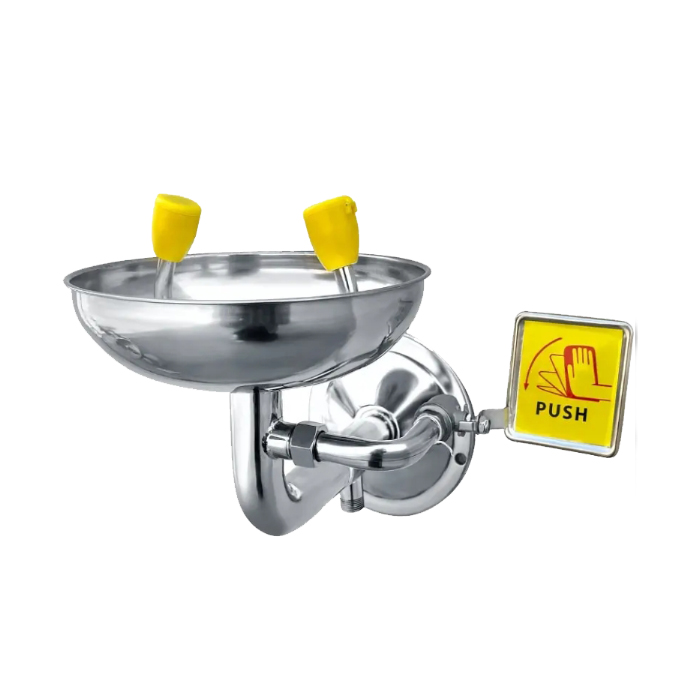Table of Contents
Where Should Eyewash Stations Be Located?
In environments where hazardous materials are present, the accessibility of emergency eyewash stations is crucial. These stations are designed to provide immediate assistance to individuals who may suffer from eye injuries caused by chemical exposure or other harmful substances. Understanding the optimal placement of eyewash stations is essential for ensuring a safe work environment and complying with Occupational Safety and Health Administration (OSHA) regulations.
General Guidelines for Eyewash Station Location
The American National Standards Institute (ANSI) provides specific guidelines regarding the placement of eyewash stations. According to ANSI Z358.1, eyewash stations should be located within a 10-second travel distance from a potential hazard. This distance is typically around 55 feet, depending on walking speed. Here are the key considerations:
- Immediate Accessibility: Eyewash stations should be easily accessible to all employees. Clear pathways must be maintained to ensure that individuals can reach the stations without obstructions.
- Clear Visibility: The stations should be clearly marked and well-lit. Signage should direct employees to the eyewash stations, especially in large facilities.
- No Barriers: Avoid placing eyewash stations behind doors or in enclosed areas where access could be delayed in an emergency.
Specific Locations for Eyewash Stations
Laboratories
In laboratories where chemicals are handled, eyewash stations should be located near the point of use. If an employee is working with hazardous materials, they should be able to reach the eyewash station in seconds.
Manufacturing Areas
In manufacturing settings, particularly where there are risks from flying particles, chemicals, or hot materials, eyewash stations should be placed at multiple points throughout the facility. This ensures that workers can quickly access help no matter where they are in the area.
Construction Sites
For construction sites, portable eyewash stations may be necessary due to the dynamic nature of the work environment. Ensure that these stations are placed in areas where workers are most likely to encounter hazards, such as near welding or painting operations.
Chemical Storage Areas
Eyewash stations should be positioned close to areas where chemicals are stored or used, such as storage rooms and loading docks. This placement is crucial for immediate access should an accident occur during the handling of these substances.
Cleaning Supply Areas
If your facility utilizes strong cleaning agents or solvents, installing eyewash stations in or near these areas is essential. Employees who handle these substances must have immediate access to eyewash in case of accidental splashes.
Additional Considerations
Maintenance and Testing
Regular maintenance is essential to ensure eyewash stations are functioning correctly. Stations should be inspected weekly to confirm that water flows freely and meets temperature requirements (between 60°F and 100°F). Employees should also be trained on the location and operation of eyewash stations as part of their safety training.
Compliance with Regulations
Ensure that your eyewash station placement complies with local and federal regulations. OSHA guidelines and ANSI standards should be your primary references when determining the placement and maintenance of these stations.
Integration with Emergency Plans
Incorporate the location of eyewash stations into your overall emergency response plan. Employees should know not only where the stations are but also the steps to take in the event of an eye injury.
Conclusion
Proper placement of eyewash stations is a critical component of workplace safety. By adhering to ANSI guidelines and considering the unique needs of your facility, you can help ensure that employees have immediate access to emergency eyewash, minimizing the risk of serious injuries. Regular training, clear visibility, and ongoing maintenance will further enhance safety and compliance in your organization.
For additional information on eyewash stations and safety protocols, consider reaching out to a safety compliance expert or visiting relevant OSHA resources.




